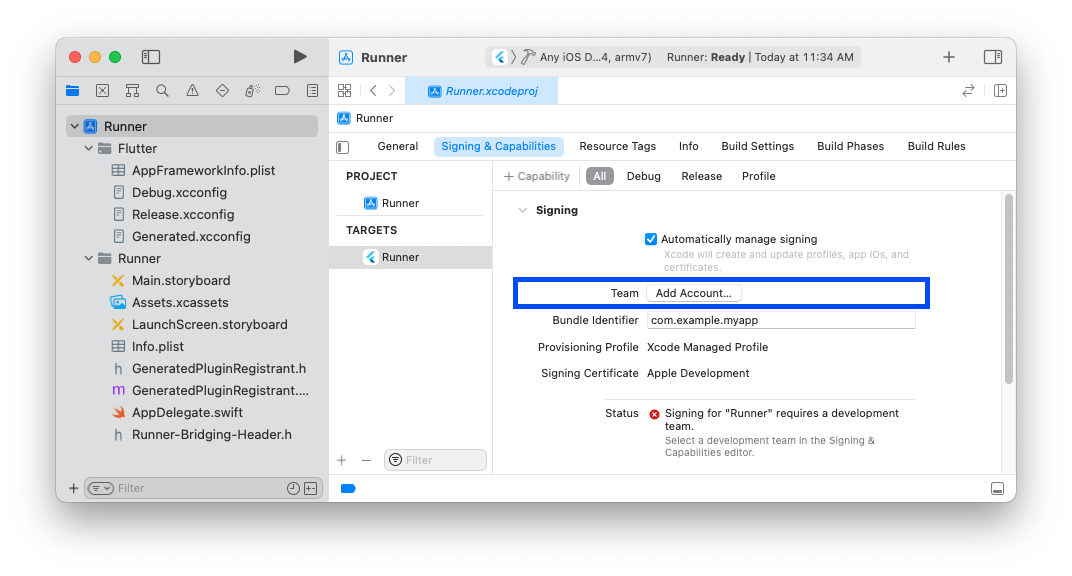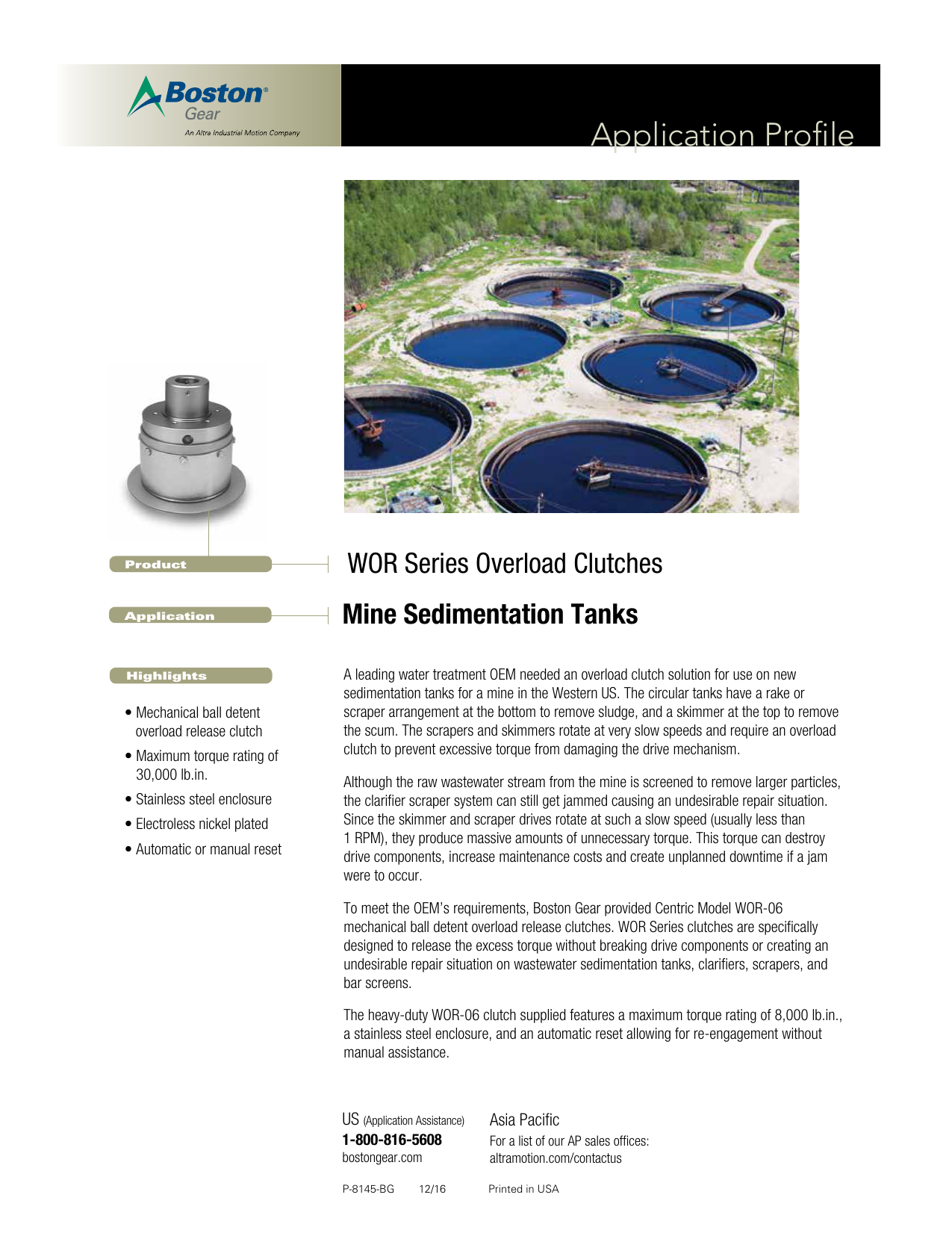

These were then phased out in favor of recovery partitions located on the primary storage drive of the PC (and available for order from the manufacturer upon request) for the user to repair or restore their systems to the factory state. ĭirect OEMs are officially held liable for things such as installation/recovery media, and as such were commonly provided until the late-2000s. A significant hardware change will trigger a reactivation notice, just as with retail. This is in contrast to retail keys, which may be transferred, provided they are only activated on one PC at a time.

Per Microsoft’s EULA regarding PC manufacturers and system-builder OEM licenses, the product key is tied to the PC motherboard which it is initially installed on, and there is typically no transferring the key between PCs afterward. Individuals may also purchase OEM "system-builder" licenses for personal use (to include virtual hardware), or for sale/resale on PCs which they build.
#Oem application profile what is it software#
These OEMs commonly bundle software that is not installed on stock Windows on the images of Windows that will be deployed with their PCs (appropriate hardware drivers, anti-malware and maintenance software, various apps, etc.).

These OEMs commonly use a procedure known as System Locked Pre-installation, which pre-activates Windows on PCs that are to be sold via mass distribution. They are primarily for PC manufacturer OEMs and system builders, and as such are typically sold in volume licensing deals to a variety of manufacturers ( Dell, HP, ASUS, Acer, Lenovo, Wistron, Inventec, Supermicro, Compal Electronics, Quanta Computer, Foxconn, Pegatron, Jabil, Flex, etc.). OEM product keys are priced lower than their retail counterparts, especially as they are purchased in bulk quantities, though they use the same software as retail versions of Windows. Microsoft is a popular example of a company that issues its Windows operating systems for use by OEM computer manufacturers via the Bundling of Microsoft Windows. Any given brand of part can be OEM on some vehicle models and aftermarket on others. Many auto parts manufacturers sell parts through multiple channels, for example to car makers for installation during new-vehicle construction, to car makers for resale as automaker-branded replacement parts, and through general merchandising supply chains. Other-brand parts would be considered aftermarket, such as Champion spark plugs, DieHard batteries, Kinsler fuel injectors, and BMP engine blocks and heads. For example, if Ford used Autolite spark plugs, Exide batteries, Bosch fuel injectors, and Ford's own engine blocks and heads when building a car, then car restorers and collectors consider those to be the OEM parts. In contrast, aftermarket parts are those made by companies other than the OEM, which might be installed as replacements after the car comes out of the factory. When referring to auto parts, OEM refers to the manufacturer of the original equipment, that is, the parts assembled and installed during the construction of a new vehicle.


 0 kommentar(er)
0 kommentar(er)
